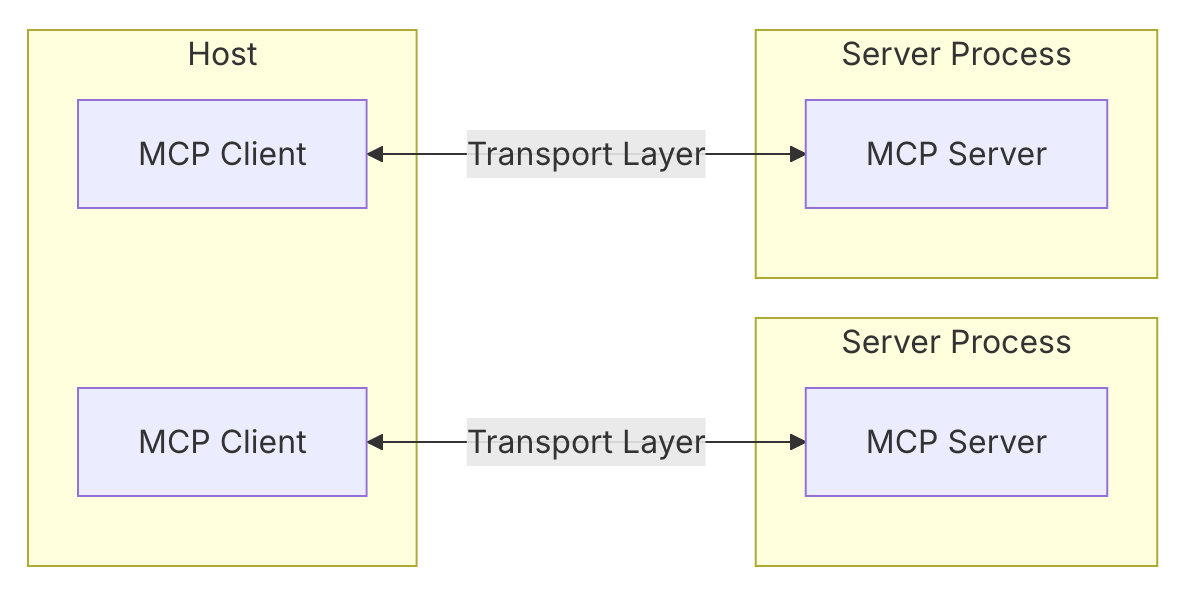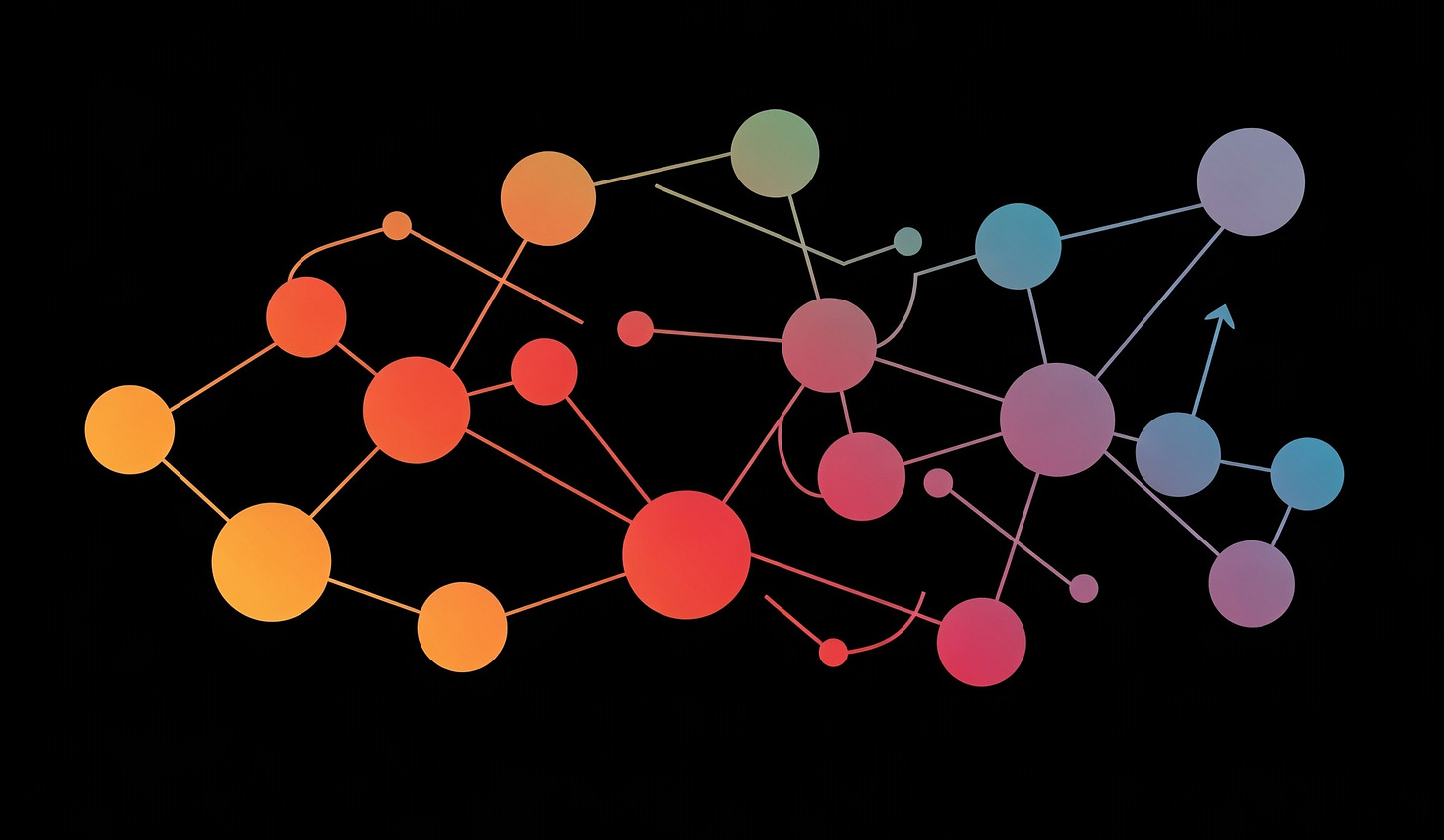The Future of Enterprise Java: MCP and the Rise of AI-Driven Applications
How the Model Context Protocol is transforming Java development and paving the way for intelligent systems.
For decades, Java served as the bedrock of enterprise applications, powering critical systems across various industries. With the advent of Artificial Intelligence, and particularly Large Language Models (LLMs) there are many new challenge for Java developers. Integrating these advanced AI models and capabilities into existing Java-based applications is not only a technical challenge but sees a lot of business pressure.
While we as an industry still try to figure out what the best use-cases are for infusing AI into applications to make them more valuable for our end-users and help the business grow, there are also a lot of moving pieces and technical challenges that remain to be solved.
The newly introduced complexities, require robust methods to connect AI with internal data sources, external services, and core business logic while maintaining stringent security, scalability, and performance standards. To address these challenges, the Model Context Protocol (MCP) was developed as an approach to ease the pains for developers. MCP functions as a universal connector for AI models, analogous to how USB-C standardizes hardware connections. They provide a structured and consistent approach that eliminates the need for bespoke integrations, allowing AI models to seamlessly interact with diverse tools and data sources within enterprise environments.
Understanding the Model Context Protocol Architecture
At its core, MCP establishes a standardized framework for AI models to interact with enterprise applications. Traditionally, developers expend significant time and resources linking APIs, databases, and services to enable AI-driven functionality. MCP streamlines this process by offering a structured framework for AI models to access data, execute business logic, and generate responses. The protocol follows a client-server architecture, where distinct components collaborate to facilitate AI integration. MCP Clients initiate interactions with AI models, while MCP Servers provide functionalities through well-defined components, including Resources, Prompts, and Tools. Transport mechanisms ensure seamless communication between clients and servers, guaranteeing compatibility across diverse enterprise environments.
Key Components of the Model Context Protocol
MCP is built around three fundamental components: Resources, Prompts, and Tools. Resources serve as structured data sources, encompassing files, database records, or API responses, which provide AI models with relevant information. Prompts act as reusable templates that guide AI behavior for specific tasks, ensuring consistency in responses. Tools are executable functions that enable AI models to perform actions, such as querying databases, invoking external APIs, or executing calculations. By standardizing these interactions, MCP significantly reduces development effort, allowing Java developers to focus on core business logic rather than grappling with complex integration challenges.

MCP and Server-Side Java Integration
Java remains the most important technology for enterprise software, and MCP integrates seamlessly into the existing Java ecosystem. The MCP Java SDK supports both synchronous and asynchronous communication patterns, enhancing its versatility. Several popular Java frameworks have embraced MCP, including Spring AI, which extends the MCP Java SDK by integrating with Spring Boot to provide streamlined client and server support. Quarkus supports MCP through the quarkus-mcp-server extension, simplifying the implementation of MCP server functionalities. LangChain4j works compatibly with MCP, enabling Java applications to act as MCP clients and utilize tools provided by MCP servers. By simplifying AI adoption, MCP gives enterprise developers the tools to incorporate AI into their applications without a complete overhaul of their existing technology stack.
Business Benefits of the Model Context Protocol
Many AI-powered applications utilize Retrieval-Augmented Generation (RAG), which stores documents in a vector database and generates embeddings for queries. MCP offers an alternative by enabling real-time access to live data, bypassing the need for precomputed embeddings. This approach ensures that AI models retrieve the most current information, eliminating reliance on outdated or cached responses. It also reduces computational overhead by eliminating embedding generation and enhances security by maintaining data within internal systems. For enterprise AI applications, MCP streamlines AI integration by opening up access to diverse data sources. It can accelerates development by enabling the reuse of standardized integration components.
MCP’s Role in Enhancing AI Performance
The effectiveness of LLMs rely on the quality and relevance of the context they receive. MCP plays a critical role in context management, ensuring AI models can access the right data at the right time. Resources supply the background knowledge necessary for accurate responses, while Tools expand AI capabilities by enabling direct interactions with enterprise systems. Prompts define AI behavior in specific scenarios, ensuring consistent output. By unifying the context management, MCP improves interoperability between AI-infused applications and enhancing accuracy and efficiency.
Challenges in Adopting the Model Context Protocol
Despite its numerous benefits, adopting MCP presents certain challenges still.
Authentication & Security: MCP does not include built-in authentication, requiring developers to implement their own access control strategies.
Permissions Management: MCP lacks a fine-grained permissions model, so developers must handle access control manually.
Server Discovery & Orchestration: Managing MCP servers is currently a manual process, though future improvements are expected.
Workflow Management: MCP does not natively support sequential AI tool execution, requiring clients to handle workflow logic.
If you think that these challenges sound familiar, you might not be too far off. As a matter of fact, they are pretty well known hurdles that might bring back memories from early Webservices integration projects. But I will probably talk about this in a separate article in the future.
MCP in Action with Java Frameworks and Example Use Case
MCP is most effective when integrated with existing Java tools and frameworks. Quarkus LangChain4j supports MCP, enabling AI-driven applications to utilize tools exposed by MCP servers. Spring AI MCP simplifies AI integration for Spring Boot developers with comprehensive client and server support. LangChain4j allows developers to create MCP tool providers, enabling AI services to efficiently access enterprise data. Quarkus MCP Servers offer pre-built Java-based MCP server implementations, serving as templates for custom solutions. If you want to take a deeper look how to implement your first MCP server with Quarkus, you can read this blog post or even watch Ioannis Canellos build a Backstage MCP with Quarkus from scratch.
The Future of AI in Enterprise Java and the Role of MCP
As MCP adoption expands, enterprise architectures will increasingly move towards AI-driven and automated systems. Key trends include
Autonomous AI Workflows, where AI agents select and chain tools to complete tasks.
Human-in-the-Loop Capabilities, enabling human oversight in AI-driven decision-making.
AI Marketplaces, creating an ecosystem of MCP-based tools and services.
Natural Language Tool Invocation, allowing users to interact with enterprise applications through AI-powered chat interfaces.
These trends indicate a future of modular, distributed, and AI-enhanced enterprise systems, where MCP servers act as specialized service providers managed by intelligent AI agents.
The Impact of MCP on Enterprise Java Development
The Model Context Protocol introduces a standardized approach to AI integration for enterprise Java applications. By providing an easy and reliable mechanism to manage context, data, and tool execution, MCP reduces integration complexity, facilitates real-time data access, and scalability. Thanks to the seamles integration with Java frameworks like Quarkus, Spring AI, and LangChain4j we can already start building integrations and make our AI-infused applications more durable and change resistent. While adoption challenges persist, MCP’s ongoing development and deep integration within the Java ecosystem position it as a great place to start for integrating more extensive features into your AI-infused applications.



